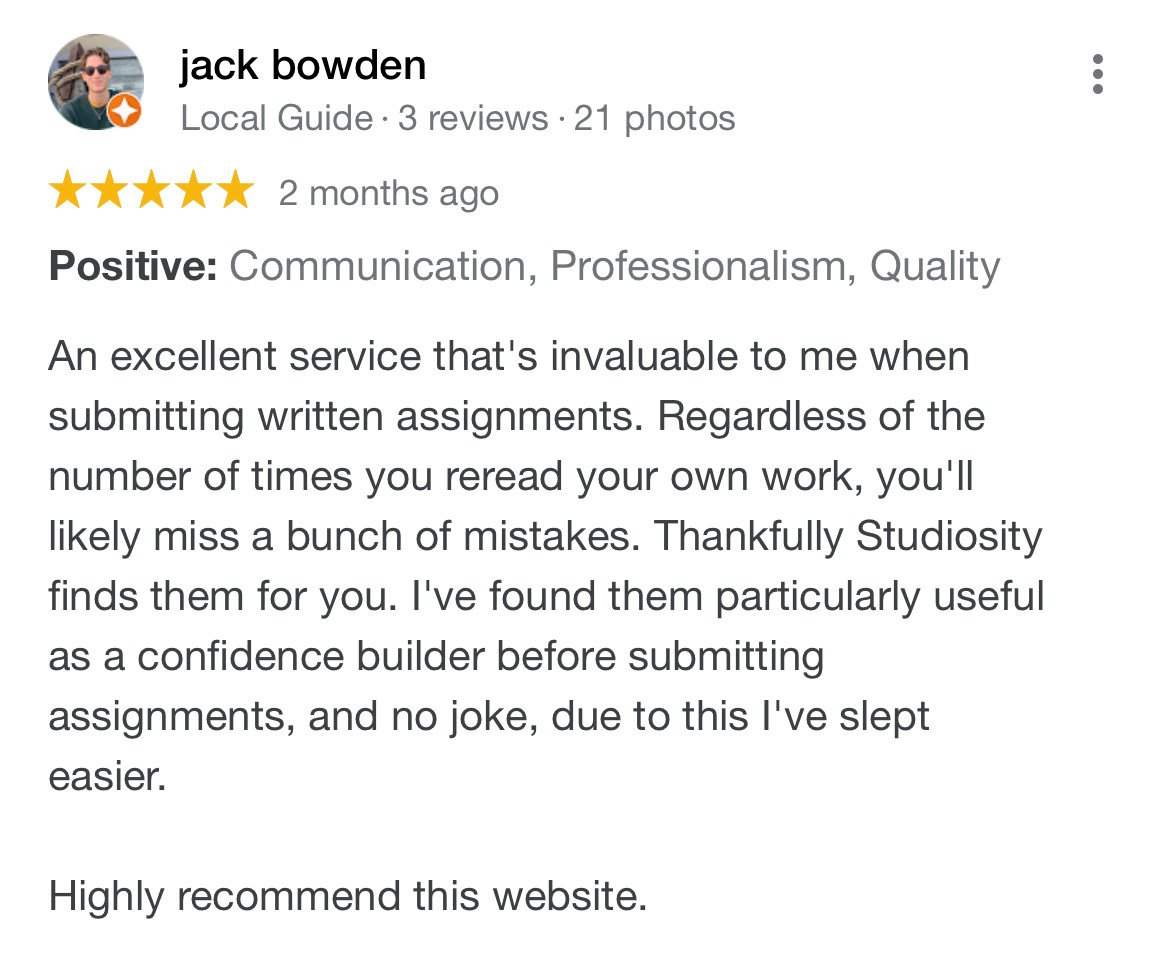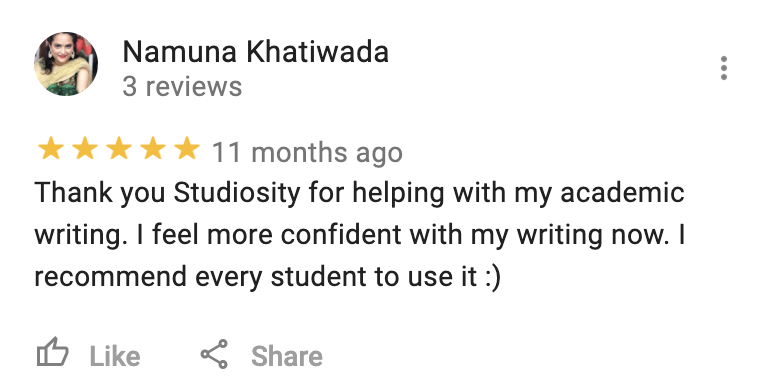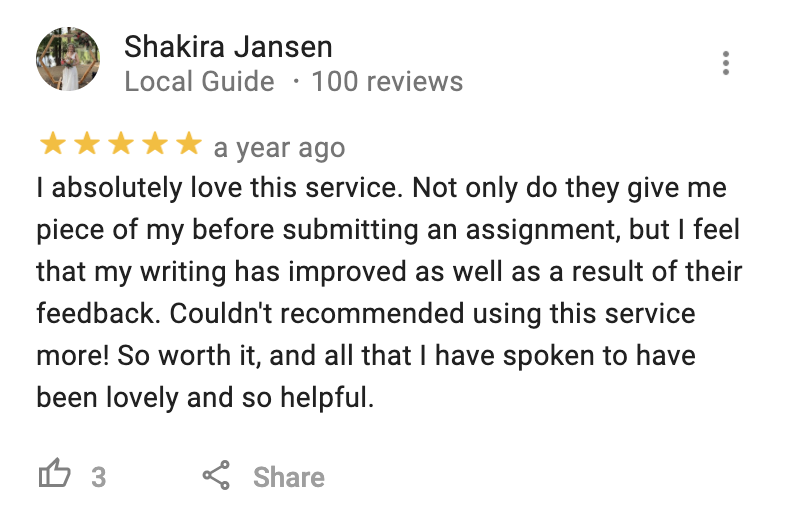For the universities we work with, peer connection and sense of belonging are front and centre of what tend to be strong, student-centric institutional strategies. The literature review below finds that for digital peer-to-peer programs to deliver positive outcomes: a user-first online experience is paramount; the platform must be built for purpose; equitable programs are integrated; whole-cohort access normalises help seeking; and, educators and faculty should benefit from transparency into the program and its outcomes.
Peer support for academic outcomes and wellbeing
Peer support and the associated benefits are not new. ‘Peer support’ has been applied in myriad ways, cross-disciplinary, cross-mode, and in higher education globally. There is a large literature base around the use of peer support in health disciplines specifically, for learning gains but also for developing a student’s sense of wellbeing and own mental health (Tullis & Goldstone, 2020; Price-Robertson, Reupert, & Maybery, 2019; DeAndrea & Anthony, 2013).
Peer-assisted learning is also cited as a core component of first-year transition pedagogy, for sense of belonging and retention (Clarke, Kift, & Nelson, 2010). Some evidence of online peer support as well as other online student support, suggests that the low-barrier online engagement leads to greater participation and engagement with other parts of the university experience (McFarlane, Spes-Skrbis, & Taib, 2017; Lynch, 2017).
Online peer learning improves sense of belonging
Evidence exists for a wide range of benefits to participants from the use of peer-facilitated programs, including, improved academic outcomes, better adjustment to university, increased retention and sense of belonging (Glaser, Hall and Halperin 2006, Collings et al 2014, Dearlove et al 2007) and improved mental wellbeing (Byrom 2018). Confidence, participation, and satisfaction are consistently reported as outcomes of a peer-learning program (McFarlane, Spes-Skrbis, & Taib, 2017; Raymond, Jacob, Jacob, & Lyons, 2016; Watts, Malliris, & Billingham, 2015). Academic learning gains, or students' perceived ability to achieve learning gains are also common in online peer-learning trials (Tullis & Goldstone, 2020; Woolrych et al, 2018).
The way it was
Peer learning has been traditionally delivered on site, often physically on campus. It has traditionally been offered in a one-to-many or one-to-one format, and peer sessions have typically been scheduled.
The normalisation of online resources, online or hybrid learning modes, widening participation and the changing socio-economics of enrolled students – to different extents in the UK, Australia, New Zealand, and Canada - have demanded a more flexible approach to peer support. This has been reflected in a recent rise in the interest and implementation of online peer-assisted learning research in recent years.
To date, most programs attempt to replicate traditional peer learning on technology platforms rather than digitising the student experience from first design principles.
Progress over the past decade
More recently there has been increased implementation of online peer learning. This, like core curricula and co-curricular online content, is today developed and measured with the user (student) experience in mind.
The Technology Acceptance Model (TAM) is a behavioural model that has been carried over to online learning, that shows how users accept and use any technology (Davis, 1989). The TAM assumes that any system, service, or technology must first show high user acceptance in order for outcomes to be realised. The implications for online learning being that, in order to build academic confidence, services must be easy to use and engaging in addition to functional (Lee & Hanham, 2017).
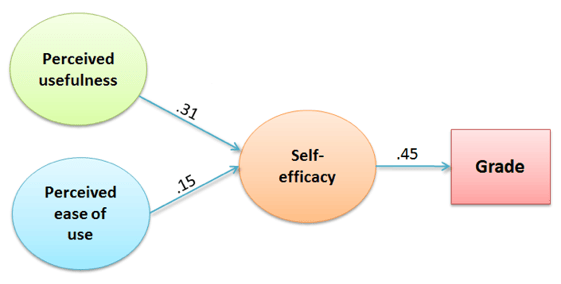
From Lee & Hanham (2017). For intended academic or other outcomes to be realised, students must start with positive perceptions of the technology itself.
Woolrych et al (2020) suggest that research into the benefits and success of peer-led online learning is still growing, and the literature is not of a single voice in its success. Some studies have found student benefits in the form of student satisfaction and higher average grades. Students also report reduced feelings of isolation and enjoying the flexibility and collaboration that result from online sessions (p. 143). Crisp, Rickwood, Martin and Byrom (2020) reported that it serves to support existing counselling and study support services, where peer support and mentoring programs assist students in managing stress and transition to a new university environment (Collings, Swanson and Watkins 2014, Dearlove, Farrell, Handa and Pastore 2007; Horgan, McCarthy and Sweeney).
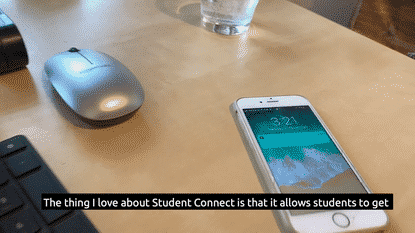
User-first technology is a core requirement of digital peer-to-peer programs
There have been challenges to overcome in online peer learning. Studies around user experience and online peer learning consistently point to technology falling short, with ‘teething problems’ or platforms that ‘lack excitement’ that cause student dissatisfaction, or operational issues around the smooth management of the online peer program (Raymond, Jacob, Jacob, & Lyons, 2016; Watts, Malliris, & Billingham, 2015; Smailes & Gannon-Leary, 2011). However, the technology platforms used in these online peer learning studies – especially in early 2000s research – were not built-for-purpose, with universities utilising Facebook, Blackboard, Adobe and other tools otherwise used for generalised connection.
Student-to-student scheduling must be seamless
Scheduling was a recurring problem in findings. This was framed as a positive outcome (students wished there were more scheduled peer sessions), while in other cases technology usability was poor, or it was a challenge to arrange appropriate times between student mentors and student users (Lim, Anderson, & Mortimer, 2016; Watts, Malliris, & Billingham, 2015).

For equitable benefit, build in equitable access
In the literature, student participation is a common challenge, with low attendance for online sessions a near ubiquitous outcome amongst research (Lim, Anderson, & Mortimer, 2016; Watts, Malliris, & Billingham, 2015). This was either overtly stated as a challenge or apparent in total student participant numbers - ranging between 5-100 - as a proportion of enrolled students in the early university trials.
Studies recommend that these factors will help an online peer learning initiative succeed:
1. The depth and breadth of student cohorts engaged is critical – larger sample sizes could improve the integrity of evaluation and normalise student participation (Woolrych et al, 2018; Watts, Malliris, & Billingham, 2015).
2. Peer learning should be integrated into coursework or participation. Reasoning included equity of access and help-seeking opportunity, visibility, and to avoid students’ confusion or conflict with disingenuous promotions for other, non-university support (Watts, Malliris, & Billingham, 2015; Smailes & Gannon-Leary, 2011).
3. Lecturers and other educators and staff play a critical role in normalising the help-seeking behaviour and guiding students around new skillsets (bringing a question, problem, or other enquiry with you to the session to initiate the discussion) as well as educating on the ‘help not answers’ policy.
4. Student mentors’ (also referred to as peer leaders) recruitment and onboarding and their own positive student experience needs to be efficiently managed at scale, in the long term (Smailes & Gannon-Leary, 2011; Lim, Anderson, & Mortimer, 2016; Woolrych et al, 2018).
A more accessible peer support experience
With several inflection points for the higher education sector in the past decade, it is critical to bring the benefits of peer learning up to speed with universities’ new digital and student-centric strategies.
A peer-support experience that is designed for online can address student satisfaction, belonging, and achievement, while ensuring institutional efficiency, capacity, and insight.
Since 2019, Studiosity has been helping our university partners deliver peer-to-peer digital programs that align with their strong, student-centric strategies.
References
Clarke, J. A., Kift, S., & Nelson, K. J. (2010). Transition pedagogy: A third generation approach to FYE - A case study of policy and practice for the higher education sector. International Journal of the First Year in Higher Education, 1(1), 1–20. https://doi.org/10.5204/intjfyhe.v1i1.13
Crisp, D, Rickwood, D,. Martin.B. and Byrom, N. (2020) implementing a peer support program for improving university student welbeing. THe experience of program facilitators. Australian Journal of Education https://doi.org/10.1177/004944120910498n
Davis, F. (1989). Perceived Usefulness, Perceived Ease of Use, and User Acceptance of Information Technology. MIS Quarterly, 13(3), 319-340. doi:10.2307/249008
DeAndrea, D., & Anthony, J. (2013). Online peer support for mental health problems in the United States: 2004–2010. Psychological Medicine, 43(11), 2277–2288. https://doi.org/10.1017/S0033291713000172
Dowse, R., Melvold, J., & McGrath, K. (2018). Students guiding students: Integrating student peer review into a large first year science subject. A Practice Report. Student Success, 9(3), 79-86. http://dx.doi.org.ezproxy.lib.uts.edu.au/10.5204/ssj.v9i3.471
Lee, C.B, & Hanham, J. (2017, June). Evaluating the impact of online tutoring (YourTutor). Western Sydney University.
Lee, S., Srinivasan, S., Trail, T., Lewis, D., & Lopez, S. (2011). Examining the relationship among student perception of support, course satisfaction, and learning outcomes in online learning. The Internet and Higher Education, 14(3), 158–163. https://doi.org/10.1016/j.iheduc.2011.04.001
Lim, C., Anderson, F., & Mortimer, R. (2016). PASSport to the Cloud – Results of a Peer-Assisted Study Sessions (PASS) Online Pilot Program. Student Success, 7(2), 59–64. https://doi.org/10.5204/ssj.v7i2.342
McFarlane, R., Spes-Skrbis, M., & Taib, A. (2017). Let’s Chat - A fresh take on the invaluable role of peer-to-peer conversation in student engagement, participation and inclusion. Student Success, 8(2), 107–111. https://doi.org/10.5204/ssj.v8i2.388
Price-Robertson, R., Reupert, A., & Maybery, D. (2019). Online Peer Support Programs for Young People with a Parent Who has a Mental Illness: Service Providers’ Perspectives. Australian Social Work, 72(3), 274–286. https://doi.org/10.1080/0312407X.2018.1515964
Raymond, A., Jacob, E., Jacob, D., & Lyons, J. (2016, June 09). Peer learning a pedagogical approach to enhance online learning: A qualitative exploration. https://ro.ecu.edu.au/cgi/viewcontent.cgi?article=3030&context=ecuworkspost2013
Smailes, J., & Gannon-Leary, P. (2011). Peer mentoring - is a virtual form of support a viable alternative? Research in Learning Technology, 19(2). https://doi.org/10.3402/rlt.v19i2.10351
Woolrych et al. (2018). Peer Assisted Study Sessions (PASS) Online: Investigating the impact of an online format across different first year university subjects. 2018 IEEE International Conference on Teaching, Assessment, and Learning for Engineering (TALE), Wollongong, NSW, Australia, pp. 107-113. 10.1109/TALE.2018.8615240.
Woolrych, T , Zaccagnini, M., Stephens, M. , Murray Stace, M., Middleton, R., Bergner, M. , O’sullivan, S., Verma, R. (2020) Into the Online Space: Outcomes for a PASS Online Pilot Across Different First Year University Subjects, Advances in Science, Technology and Engineering Systems Journal 5( 1) 142-150)
Tullis, J.G., Goldstone, R.L. (2020). Why does peer instruction benefit student learning?. Cogn. Research 5, 15. https://doi.org/10.1186/s41235-020-00218-5
Watts, H; Malliris, M; and Billingham, O. (2015). Online Peer Assisted Learning: Reporting on practice, Journal of Peer Learning, 8, 85-104. https://ro.uow.edu.au/ajpl/vol8/iss1/8
Zagorski, N., & Search for more papers by this author. (2019, August 12). Medical students look to take successful peer support program online. https://psychnews.psychiatryonline.org/doi/10.1176/appi.pn.2019.8a17






